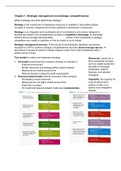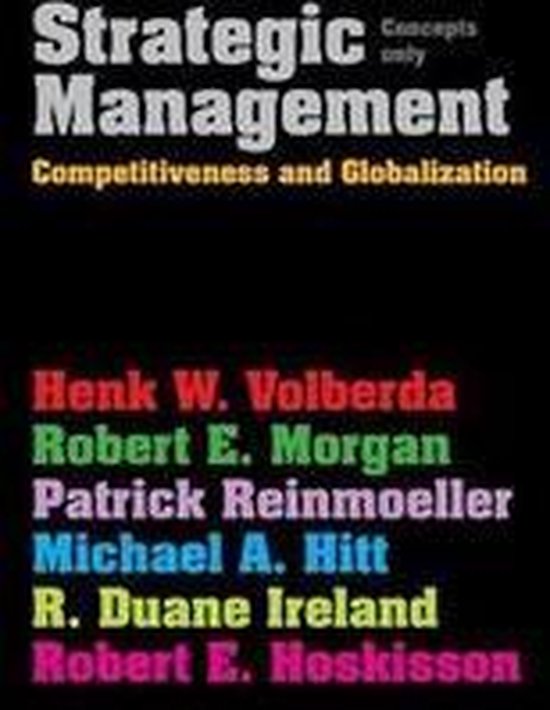Resume
Summary Strategy & Organization (Strategic management)
- Cours
- Établissement
- Book
Comprehensive summary of the midterm and endterm of Strategy&Organization at the University of Amsterdam. With the chapters: 1 - 8 + 11,12,14,15.
[Montrer plus]




